Can You Use a Chainsaw in the Rain?
- February 1, 2024
- 0 comment
When it comes to operating chainsaws, the interplay between weather conditions and the type of chainsaw you’re using is crucial. Here’s a comprehensive guide to understanding the dos and don’ts of using a chainsaw in the rain and tackling wet wood.
The Type of Chainsaw Matters
Gas Chainsaws
Known for their durability and ability to withstand wet conditions, gas chainsaws are a reliable choice in the rain. However, it’s critical to prevent water from contaminating the fuel tank or mingling with the bar and chain oil to maintain its performance and longevity.

Battery-Powered Chainsaws
Proceed with caution. These chainsaws can be sensitive to moisture. Only use a battery-powered chainsaw in the rain if it’s clearly stated as safe by the manufacturer. Safety and equipment integrity should always be your top priority.
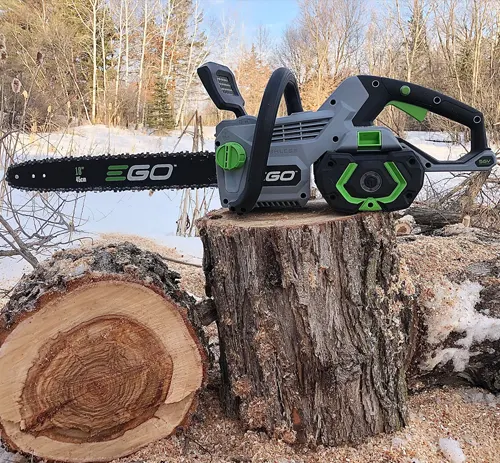
Corded-Electric Chainsaws
A definitive no-go. Mixing electricity with water invites unnecessary risk, posing a serious threat to both the operator and the machinery. It’s best to save these models for dry, safe conditions.
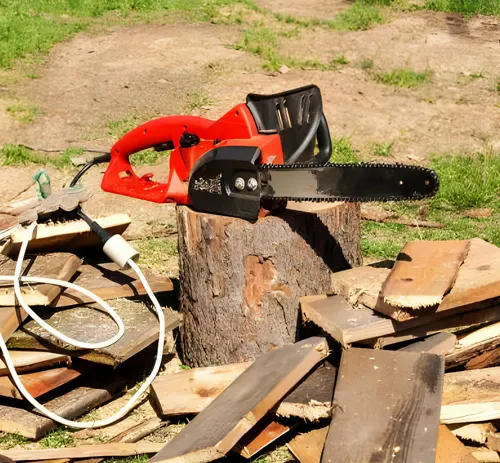
Can You Cut Wet Wood with a Chainsaw?
Yes, you can. Cutting wet wood doesn’t pose a significant threat to the integrity or functionality of your chainsaw. Sometimes, the moisture even aids the cutting process by lessening friction between the wood and the chain. However, be prepared for more frequent maintenance, as the wet conditions can cause sawdust to adhere to the chain, requiring regular cleaning to maintain peak performance.
Selecting the Right Chain for Wet Wood
When it comes to selecting the right chain for cutting wet wood, a standard chain will typically suffice for the majority of high-quality chainsaws. However, the unique characteristics of the wood you’re working with are a significant consideration in this decision. For instance, if you’re cutting denser wood types, opting for a micro chisel chain might be beneficial to ensure a more efficient and cleaner cutting process.
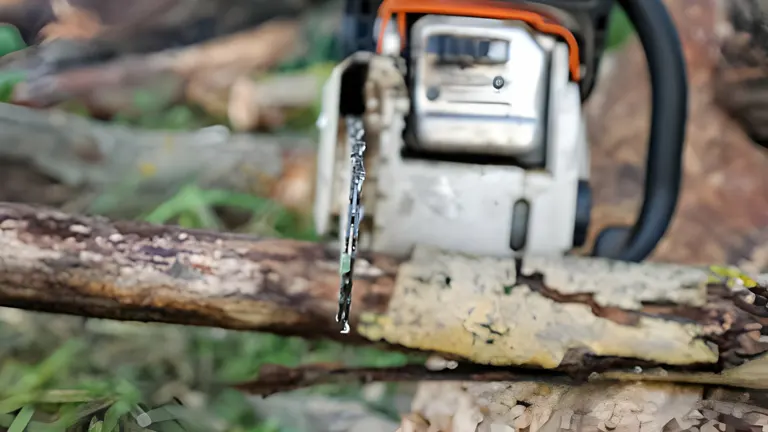
It’s crucial to recognize that moisture content is just one of the many factors to consider. The real determinants impacting the amount of effort required to cut through wood are its density and age. Handling a freshly cut log may require a different approach compared to dealing with a piece of timber that’s been seasoned over time. Ultimately, choosing the appropriate chain for your chainsaw and ensuring regular maintenance is vital for optimizing your wood-cutting tasks, especially when dealing with wet conditions.
Precautions While Cutting Wet Wood
- For Electric Chainsaws: Steer clear of standing water to avoid the risks associated with water and electricity. In damp conditions, it’s advisable to opt for battery-operated models that are designed to handle moisture better.
- For Gas Chainsaws: These are robust and can handle various conditions, but it’s essential to be mindful of slippery surfaces. Ensuring a firm grip and clear visibility is crucial to avoid accidents.
- Personal Protective Equipment (PPE): Safety should never be compromised. Equip yourself with protective eyewear, sturdy boots, durable gloves, and water-resistant, anti-cut clothing. These items are essential, particularly in wet and slippery conditions, to mitigate the risk of accidents.
Wet Wood vs Dry Wood: A Cutting Comparison
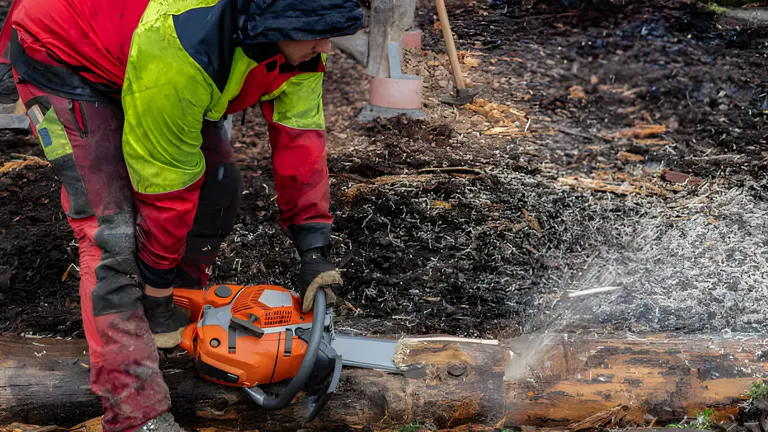
The process of cutting wet wood can sometimes be smoother than cutting dry wood. Dry wood tends to create more friction which can slow down the chainsaw’s chain. On the contrary, the moisture in wet wood can serve as a natural lubricant, easing the cutting process. However, it’s important to note that the primary determinants for cutting ease are the density and age of the wood, rather than its moisture content.
Prepping Your Chainsaw for Rainy Conditions
Proper preparation before using your chainsaw in rainy conditions can make a significant difference:
- Ensure your chain’s tension is properly adjusted. A chain that’s too loose or too tight can lead to problems during operation.
- Regularly check that your chainsaw is properly oiled. Adequate oiling ensures smooth operation and reduces wear on the chain.
- Utilize a sharp chain to ensure efficient and safe cutting. A dull chain can be hazardous and less effective.
- Confirm that the caps for the oil tank and fuel tank are securely fastened to prevent water ingress.
- Allow your chainsaw to warm up before starting your work, especially in colder conditions.
- Ensure that the air filter is safeguarded from getting wet, as a soaked air filter can hinder engine performance.
Does Cutting Wet Wood Dull a Chainsaw?
Absolutely not more than cutting dry wood. The chains on chainsaws are generously lubricated with mineral oil to mitigate overheating and minimize friction. Therefore, slicing through wet wood doesn’t expedite the dulling of the chain any more than usual cutting does.
Using a Gas Chainsaw in the Rain
Gas chainsaws are engineered to endure. Light showers or heavy rain, they’re up for the task, though it’s prudent to sidestep heavy downpours for your own safety. After working in damp conditions, ensure your chainsaw is entirely dry before you stow it away.
Rain and Chainsaw Performance
Rainfall, surprisingly, doesn’t majorly hinder a chainsaw’s function. In fact, the inherent lubrication from the moisture in wet wood could make the cutting process a tad smoother. However, it’s essential to remain vigilant about your safety and maintain a work area free from any potential hazards.
Submerging Your Chainsaw: A Big No
It’s critical to remember that chainsaws, while resilient to rain, aren’t built to be submerged. Water infiltration into the carburetor or the fuel tank from submersion can wreak havoc, causing extensive damage. If your chainsaw does become waterlogged, it’s imperative to address the situation promptly to avert lasting damage.
In essence, although specific chainsaw varieties are viable for use in rainy conditions, it’s paramount to weigh the safety considerations and adhere to the particular precautions associated with each type of chainsaw. Safety first: always gear up appropriately and ensure your chainsaw is in prime condition both pre- and post-use in wet environments.
FAQs
- Can a little bit of rain damage my chainsaw?
Not typically. Most chainsaws, especially gas models, are designed to withstand light rain. However, it’s crucial to dry your chainsaw thoroughly after use and perform regular maintenance to prevent any long-term damage. - How does cutting wet wood differ from cutting dry wood in terms of chainsaw maintenance?
Cutting wet wood can cause sawdust and debris to stick to your chainsaw’s chain and bar, necessitating more frequent cleaning. Also, ensuring your chain is well-lubricated is more crucial when cutting wet wood to prevent rust and corrosion. - What are the signs that water has gotten into my chainsaw’s fuel tank, and what should I do?
Signs include the chainsaw starting with difficulty, running unevenly, or stopping abruptly. If you suspect water in the fuel tank, drain the fuel and allow the tank to dry completely before refilling with fresh fuel. - Is there a risk of electric shock when using a gas chainsaw in the rain?
The risk is minimal with proper use and maintenance. Gas chainsaws are designed to be used outdoors and can handle moisture better than their electric counterparts. However, always avoid standing in water while operating any chainsaw. - Can a waterproof spray or coating be applied to a chainsaw for added protection against rain?
While not typically necessary, a waterproof spray can be used on certain external non-mechanical parts of the chainsaw. However, it’s crucial to avoid any sprays or coatings on the chain, bar, air filter, or internal components. - How do professional loggers and arborists handle chainsaw use during continuous rainfall
Professionals often continue working in light to moderate rain, taking extra safety precautions such as wearing non-slip boots, water-resistant clothing, and ensuring all safety gear is in place. They also perform regular maintenance checks to ensure the chainsaw operates efficiently and safely. - Can I use a chainsaw to clear fallen trees immediately after a storm?
Yes, but proceed with caution. Ensure the ground is stable, and be aware of potential hazards like loose branches or unstable trees. Also, ensure your chainsaw is in good working condition and that you’re equipped with the proper safety gear. - How do I properly store my chainsaw after using it in the rain?
After use, clean the chainsaw thoroughly to remove any debris or moisture. Allow it to dry completely in a well-ventilated area before storing it. Check the chain oil and fuel levels, and ensure the chain is properly lubricated to prevent rust. - Are there any specific chain oils recommended for use in wet conditions?
While standard chain oils generally suffice, some manufacturers offer chain oils with added water-repellent properties. These can be beneficial in extremely wet conditions to ensure smooth operation and protect against rust. - How does the moisture content in wet wood impact the cutting speed and efficiency of a chainsaw?
Wet wood can actually reduce friction and make cutting slightly easier, as the moisture acts as a natural lubricant. However, wood density and the chainsaw’s sharpness and power are more significant factors in determining cutting speed and efficiency.
We’d love to hear from you! Jump into the discussion below and share your own experiences, handy tips, or personal reviews. Your insights not only enrich our conversation but also empower fellow readers in making informed decisions about their chainsaw needs. Together, let’s cultivate a supportive community where the wisdom of each wood-cutting enthusiast contributes to a collective pool of knowledge. Share your story and let’s grow together!

David Murray
Forestry AuthorI'm David Murry, a forestry equipment specialist with a focus on chainsaw operation. With over 13 years of experience, I've honed my skills in operating and maintaining a wide range of machinery, from chainsaws to log splitters. My passion for the outdoors and commitment to sustainable forestry drive my work, which emphasizes safety, efficiency, and staying updated with industry advancements. Additionally, I'm dedicated to sharing my expertise and promoting environmental awareness within the forestry community.

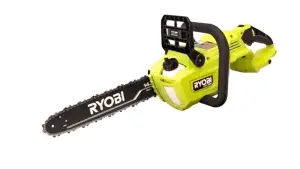
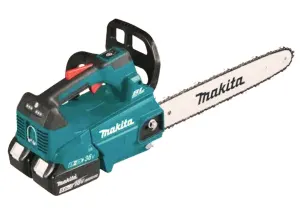
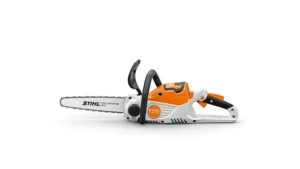


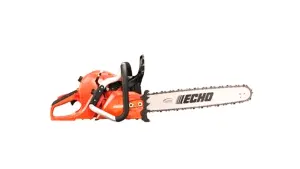



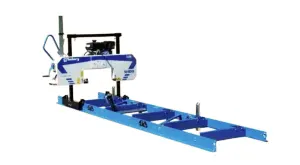

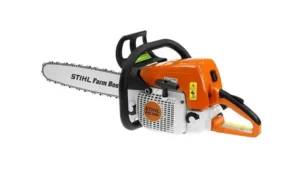
Leave your comment